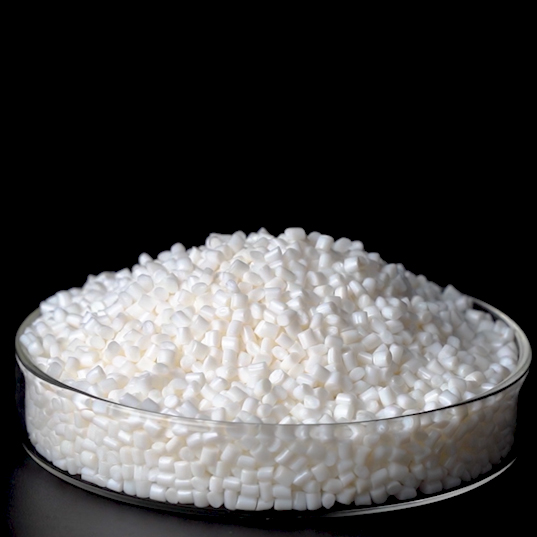In the world of optical fiber cables, protecting the delicate optical fibers is of utmost importance. While primary coating provides some mechanical strength, it often falls short of meeting the requirements for cabling. That’s where secondary coating comes into play. Polybutylene Terephthalate (PBT), a milky white or milky yellow translucent to opaque thermoplastic polyester, has emerged as the preferred material for optical fiber secondary coating. In this article, we will explore the benefits of using PBT in optical fiber secondary coating and how it contributes to the overall performance and reliability of optical fiber cables.

Enhanced Mechanical Protection:
The primary purpose of secondary coating is to provide additional mechanical protection to the fragile optical fibers. PBT offers excellent mechanical properties, including high tensile strength and impact resistance. Its ability to withstand compression and tension safeguards the optical fibers from potential damage during installation, handling, and long-term usage.
Superior Chemical Resistance:
Optical fiber cables may be exposed to various chemicals and environmental factors. Polybutylene Terephthalate exhibits exceptional chemical corrosion resistance, making it highly suitable for outdoor optical fiber cables. It protects the optical fibers from degradation caused by exposure to moisture, oils, solvents, and other harsh substances, ensuring long-term reliability.
Excellent Electrical Insulation Properties:
PBT possesses excellent electrical insulation properties, making it an ideal material for optical fiber secondary coating. It effectively prevents electrical interference and ensures the integrity of signal transmission within the optical fibers. This insulation quality is vital for maintaining the performance of optical fiber cables in diverse operating environments.
Low Moisture Absorption:
Moisture absorption can lead to signal loss and degradation in optical fibers. PBT has low moisture absorption properties, which helps maintain the optical fiber’s performance over an extended period. The low moisture absorption rate of PBT contributes to the overall stability and reliability of optical fiber cables, particularly in outdoor and humid environments.
Easy Molding and Processing:
PBT is known for its ease of molding and processing, which simplifies the manufacturing process of optical fiber secondary coating. It can be extruded easily onto the optical fiber, creating a protective layer with consistent thickness and precise dimensions. This ease of processing enhances productivity and reduces manufacturing costs.
Optical Fiber Length Management:
Secondary coating with PBT allows for the creation of excess length in optical fibers, which provides flexibility during cable installation and future maintenance. The excess length accommodates bending, routing, and termination without compromising the fiber’s integrity. PBT’s excellent mechanical properties enable the optical fibers to withstand the necessary handling and routing during installation.
Post time: May-09-2023

